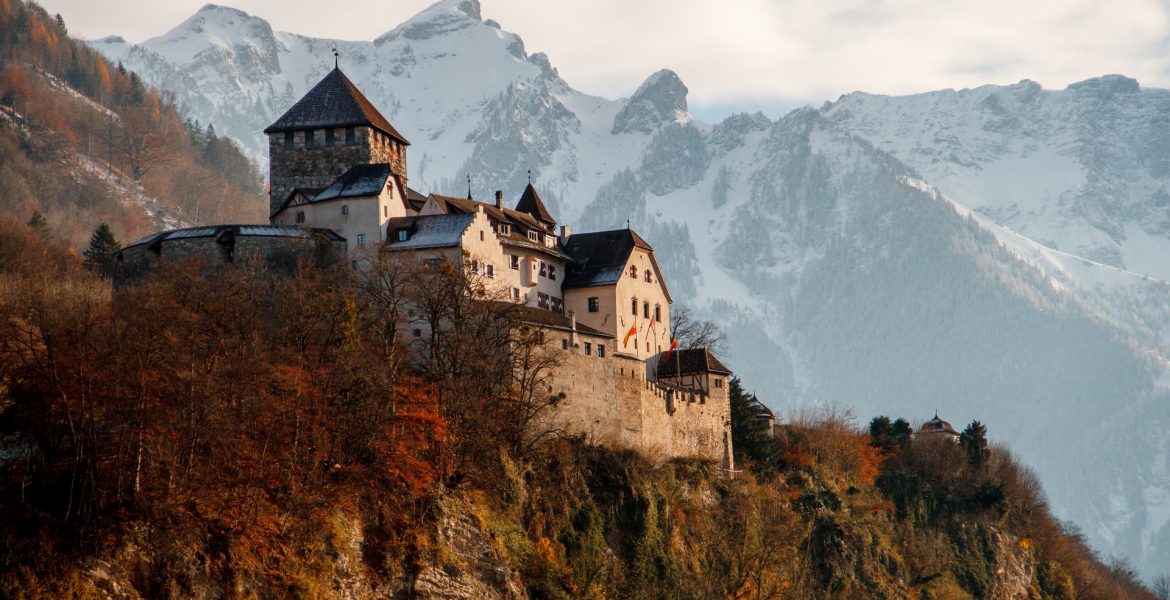The Principality of Liechtenstein is a country between Switzerland and Austria, with beautiful scenery and exciting locations. Its territory is only 160 square kilometers in size with just 35,000 people. Tourists in Switzerland can quickly pay a visit to this tiny country and explore the rich history and traditions it carries.
The beating heart of Liechtenstein is Vaduz, a town full of adventure and amusing locations to spend time exploring. But is Vaduz worth visiting? Our answer is a big YES! In this article, we’ll discuss some of the most significant places to visit and the best things to do in Vaduz.
Vaduz Castle
The centuries-old castle in Vaduz sits 120 meters above the town and is home to the Prince of Liechtenstein. Finished in the 12th century, it served as a fortress before living quarters were added a short while later.
The castle is constructed on top of a hill and can be seen from anywhere, making it an iconic landmark of Vaduz. But can you go inside Vaduz Castle? Although it’s closed to visitors, you can go on a tour that takes tourists near it and learn the enchanting history of this castle.
The Cathedral of St. Florin
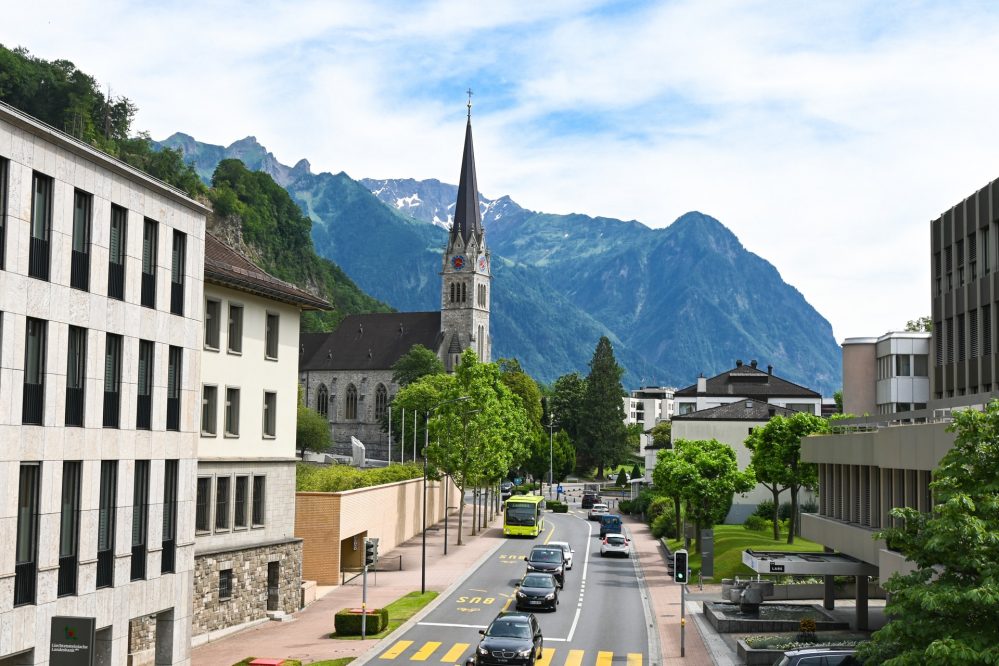 The St. Florin Cathedral was built in 1874 by Friedrich von Schmidt, an Austrian designer. The neo-gothic church got its status as a cathedral in 1997 and for ages has been the burial place for families of ruling princes.
The St. Florin Cathedral was built in 1874 by Friedrich von Schmidt, an Austrian designer. The neo-gothic church got its status as a cathedral in 1997 and for ages has been the burial place for families of ruling princes.
It’s built with stone and has a 45-meter tower, making it one of the first things tourists see when they enter Vaduz. Its vast and captivating architecture is a must-see while in Vaduz.
Kunstmuseum Liechtenstein
Located in the heart of Vaduz, the Kunstmuseum or the Art Museum of Liechtenstein showcases modern and contemporary art. Built in the form of a giant black cube, this museum was first opened in the year 2000 and had a spacious architecture that complements everything it exhibits.
Its collection includes sculptures, installations, and objects. Besides present-day creations, the museum displays the rich history of art in Vaduz, making it one of the most unique locations to experience and discover.
Old Rhine Bridge
The old bridge over the Rhine connects Vaduz with the town of Sevelen. It’s a covered wooden bridge, complementing the houses of Vaduz perfectly and looking magnificent, especially from the outside.
It’s a 135-meter long bridge, with no motor vehicles allowed to pass it. This has made it a particularly popular bridge for cyclists and pedestrians. Not only is it the only wooden bridge across the Rhine, but it also marks the border between Switzerland and Liechtenstein. It’s quite an interesting place to visit, so make sure to cross that bridge when you come to it.
Gutenberg Castle
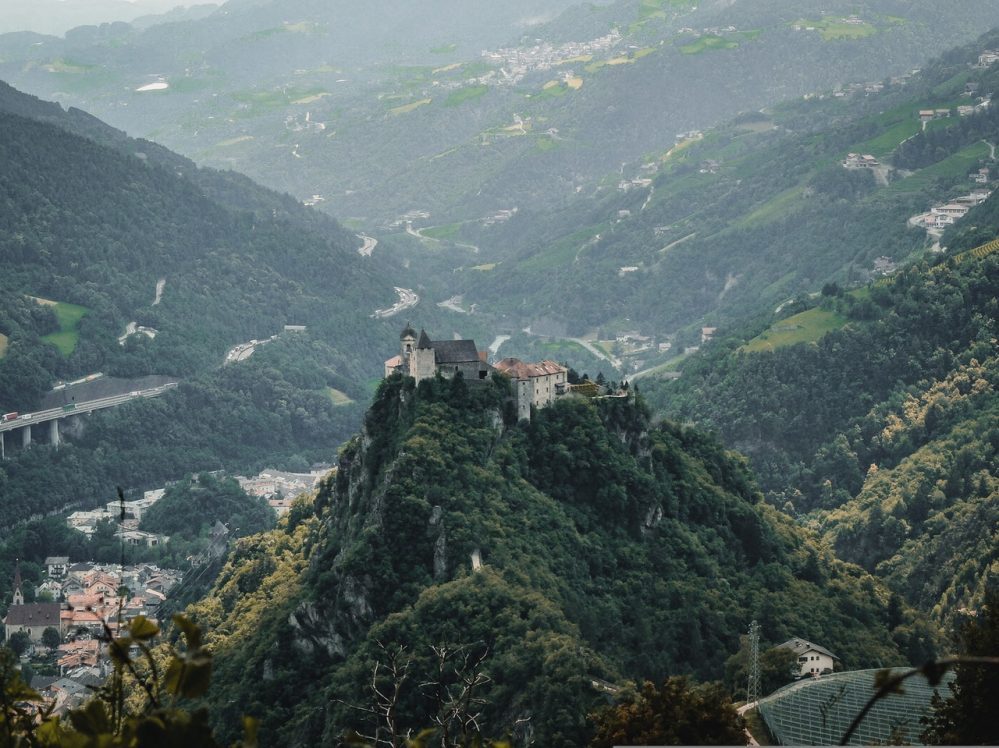 The Gutenberg Castle is built on a hill 70 meters on top of Balzers, a town near Vaduz. The location in which the castle is constructed has been inhabited since prehistoric times, and many archaeological discoveries have been placed in the Liechtenstein National Museum.
The Gutenberg Castle is built on a hill 70 meters on top of Balzers, a town near Vaduz. The location in which the castle is constructed has been inhabited since prehistoric times, and many archaeological discoveries have been placed in the Liechtenstein National Museum.
Unlike the castle in Vaduz, this one is not a residence of the royal family and is actually open to the public. Many visitors go there to check out the historic building and learn more about the region’s past, with cultural events and activities taking place during summer.
Treasure Chamber
The Treasure Chamber in Vaduz is precisely what the name describes: a small museum exhibiting some of the most important artifacts of Liechtenstein’s long history. The relics in this chamber are intimately related to Liechtenstein and can be found nowhere else in the world.
Of the 150 treasures, some of the most important ones are the Ducal Hat, Apple Blossom Eggs, and the Moonrock. The Ducal hat was made in 1626 and is decorated with diamonds, pearls, and rubies. The Apple Blossom Eggs, created by Carl Faberge in 1901, are precious and beautiful to look at. The Moon rock was gifted to Liechtenstein after the 1969 moon landing, a tribute to the contribution of a Vaduz company towards the manned landing.
Mitteldorf
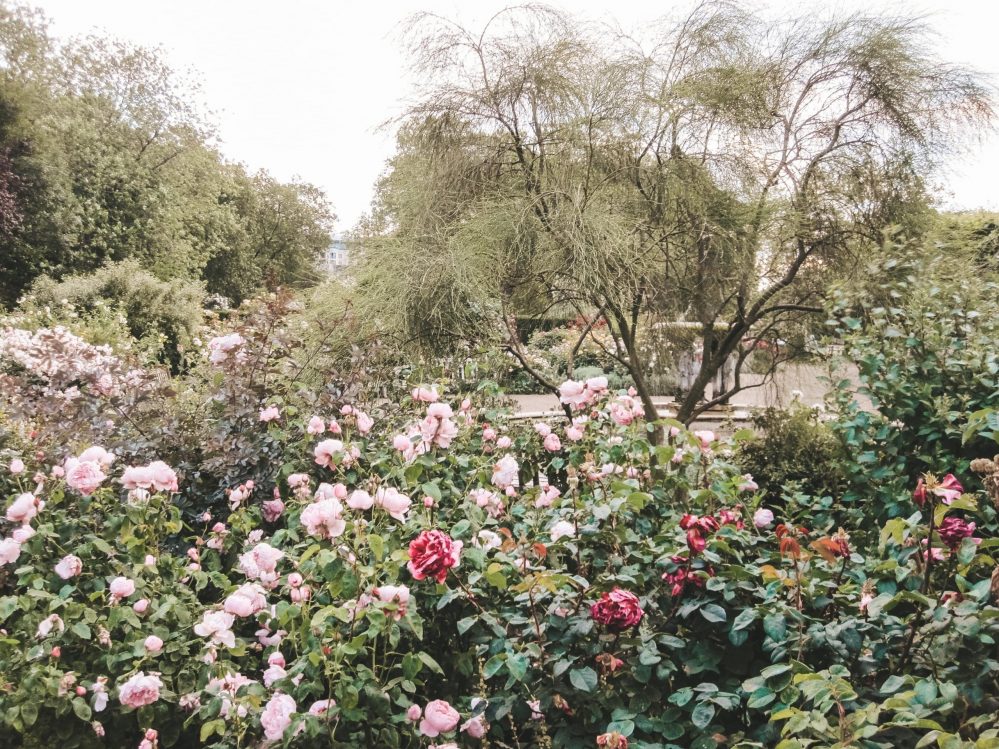 North of Vaduz, the Mitteldorf or the Middle Village is a testimonial to Liechtenstein’s past. The area is full of traditional houses full of rose gardens. One of the most eye-catching houses in this village is the Red House.
North of Vaduz, the Mitteldorf or the Middle Village is a testimonial to Liechtenstein’s past. The area is full of traditional houses full of rose gardens. One of the most eye-catching houses in this village is the Red House.
The charming Red House was built in 1338 and has had a dark-red color since the 19th century. This ancient house is evidence of the great history of Liechtenstein and is a must-visit location if nearby. Neighboring the house is one of the biggest vineyards in the country, spreading the sweet smell of grapes up and down the village.
Hofkellerei
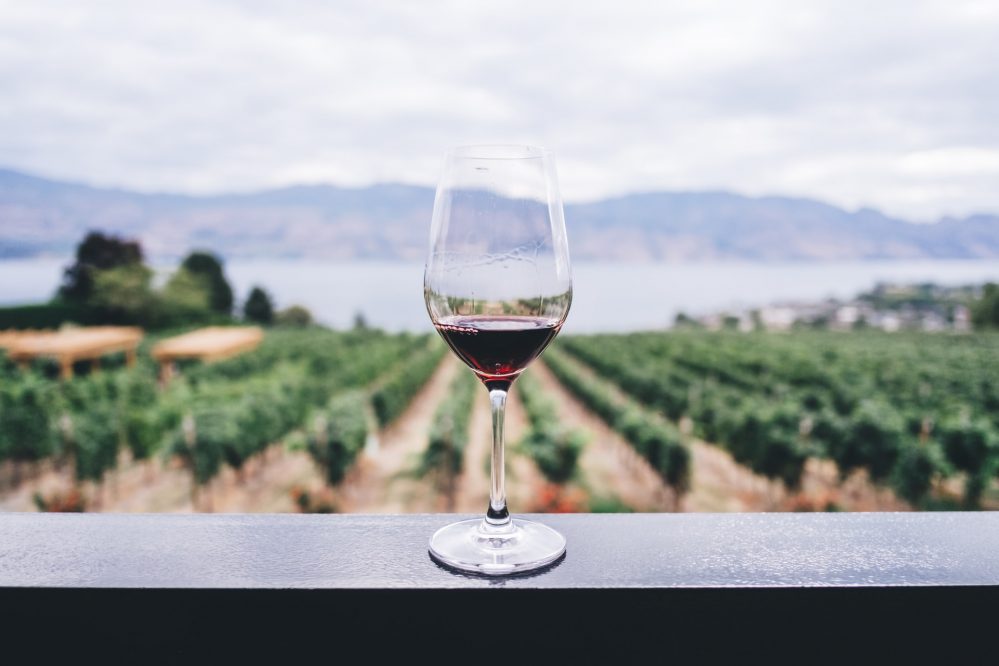 Hofkellerei is the winery of the Prince of Liechtenstein, a place where wine enthusiasts can walk through the vineyards and taste some delicious samples. The four hectares of vines facing southwest and blown by warm winds make Hofkellerei one of the best wineries in the region.
Hofkellerei is the winery of the Prince of Liechtenstein, a place where wine enthusiasts can walk through the vineyards and taste some delicious samples. The four hectares of vines facing southwest and blown by warm winds make Hofkellerei one of the best wineries in the region.
You can experience the Hofkelleri through different tours and group sizes, with one of those being guided by Princess Marie herself. Additionally, there are standing aperitifs, the Princely Wine Experience, and the Adventure Pass for groups of 10 to 20 people.
Liechtenstein National Museum
Liechtenstein’s National Museum’s main exhibitions demonstrate the creation and development of the country through the centuries. The building was a tavern back in the 15th century before becoming a government building and finally turning into a museum.
The museum displays archeological finds in the territory of Liechtenstein, such as bowls and vases. Additionally, it examines the history and religious beliefs from the 12th century to the 17th century. It also exhibits some of the residents’ everyday lives and workplaces throughout Liechtenstein’s existence, such as clothes, weapons, and tools. Finally, an essential part of the museum is the natural history collection of animals living in the forests and mountains of the country.
Postage Stamp Museum
The Postage Stamp Museum, otherwise known as PostalMuseum, is part of the larger National Museum of Liechtenstein. Located in the center of Vaduz, it narrates the history of the country’s postal service.
It was founded in 1936 and includes every single stamp produced from 1912 when the Principality of Liechtenstein began issuing them. Besides stamps, there are machines and design tools used in the past by postal workers, and visitors get an insight into the procedure and importance of postage stamps.
Final Thoughts
Although small, the little country of Liechtenstein and the quaint town of Vaduz hold great things within the walls of historic houses and museums. Spending a nice, relaxing day in Vaduz is an excellent change of pace from the never-ending Swiss mountains, valleys, and lakes. While there, you’ll have a great time exploring and learning things you’d never known before about a country that has a lot to tell.

